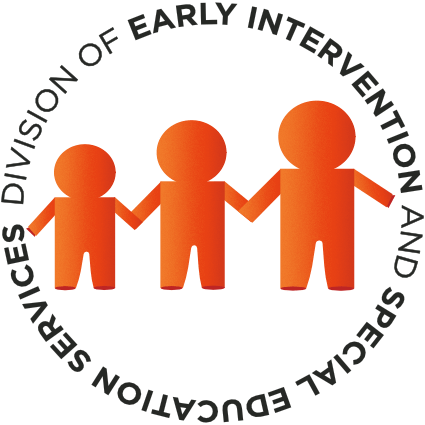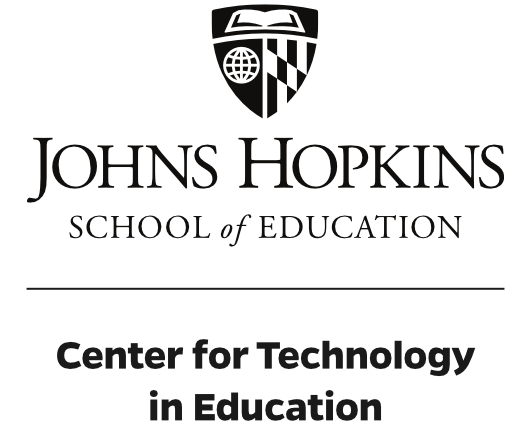Information on Goals - Overview (PG)
- Last updated on March 6, 2024 at 7:52 PM
General Information
Annual goals and their accompanying objectives/benchmarks define the focus of the specially designed instruction that the student will receive in order to enable him or her to make progress in the general education curriculum. In order to ensure rigorous instruction and high expectations for all students, goals must be aligned with the Maryland College and Career Ready Standards (or the Maryland Alternate Academic Standards, for the small number of students whose IEP teams have determined and whose parents have consented for them to participate in the alternate educational framework). Based on the information in the PLAFFP and the team’s knowledge of the grade-level curriculum, the team should determine which grade-level standards the student is not on track to achieve and why, as well as which standards are most critical to current and future progress in the curriculum. Goals are then developed to address the underlying skill deficits that prevent the student from meeting the standards, with an emphasis on the skills that are more critical to future success and/or underlie multiple standards. In functional skill areas, such as communication, behavior, social interaction, self-management, etc. the team considers age and grade appropriate expectations and prioritizes skills that will increase the student’s engagement and independence and support access to the curriculum and learning environment.
These goals will:
- Align with the academic/content standards of the grade in which the student is enrolled to enable the student to make progress toward grade level performance and reduce or close the achievement gap and/or
- Align with the academic/content standards of below-grade level performance in which the student is missing critical skills that are important for current and future grade level skill development to reduce or close the achievement gap and/or
- Address age/grade appropriate skills that are impacted by the student’s disability and interfere with, prevent, or affect communication and interpersonal interactions, participation in school and learning activities, and independence in the school and potential post-school environments (college, career, and community).
NOTE: All areas of need identified in the PLAAFP should be addressed for ALL students (through goals and/or supplementary aids and services). “Functional” goals for non-academic areas such as communication, social interaction, self-management, etc., should be included as appropriate for all students, not just those participating in the alternate educational framework.
Annual IEP goals should reflect an “ambitious but achievable” amount of progress over the time period of the IEP, based on the student’s current skills, previous rates of growth and the specially designed instruction that will be implemented in order to accelerate the student’s progress. In order to be consistently implemented and monitored, annual IEP goals should contain the following five components to describe:
- The conditions under which the skill will be demonstrated;
- A behavioral description of the skill to be observed;
- The criteria for measuring achievement of the skill (including mastery and retention)
- The method of measurement; and
- The time frame by which the goal or objective will be achieved.
Each goal includes short-term objectives/benchmarks that support instructional planning and progress monitoring by describing steps towards the achievement of the goal. Objectives or benchmarks may reflect sequential targets of increasing proficiency, accuracy, or reduced support across the time period covered by the IEP. Alternatively, they may reflect component skills that combine to allow achievement of the goal, scaffolding skills drawn from earlier in the learning progression on top of one another. These approaches may also be combined to address the needs of the student. Objectives also contain the five components described above. The number and content of the objectives and benchmarks is based solely on the needs of the student and how the student will demonstrate progress toward achieving the IEP goal.



